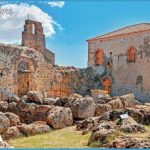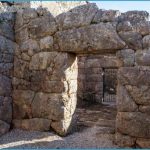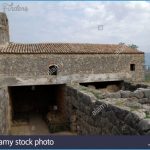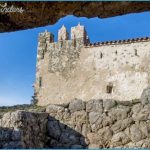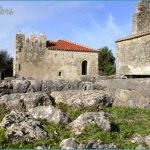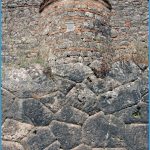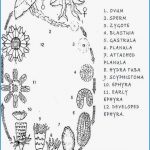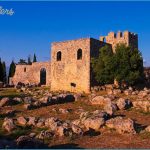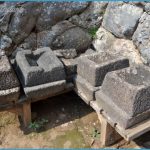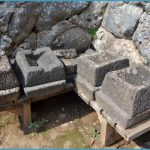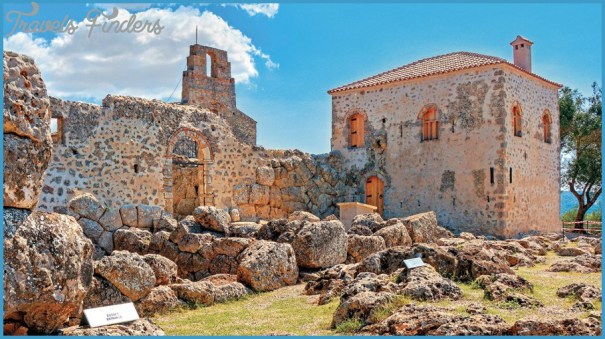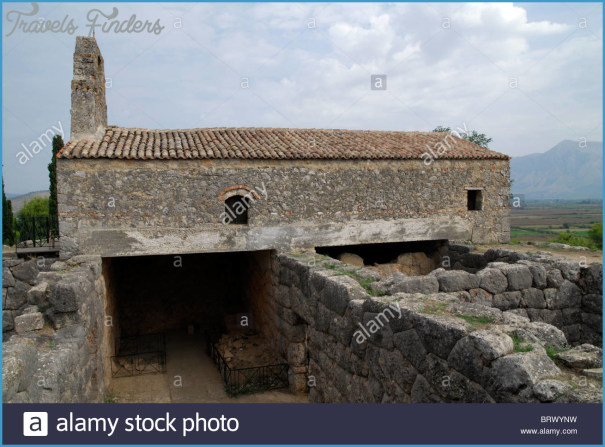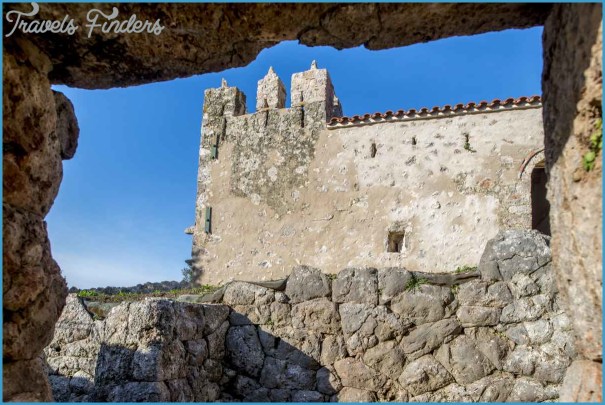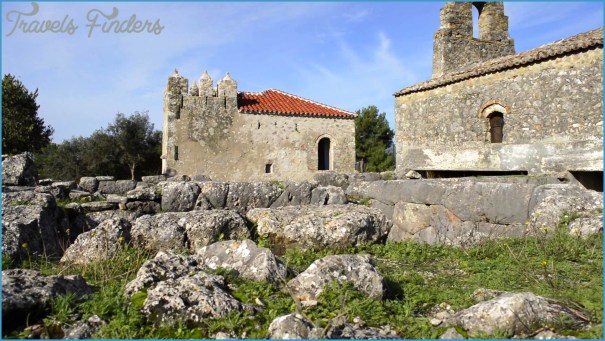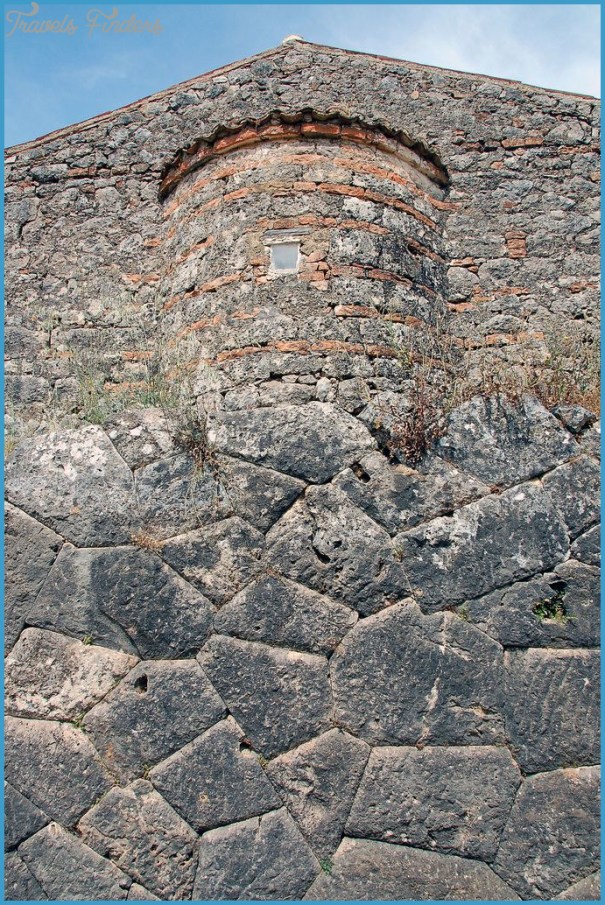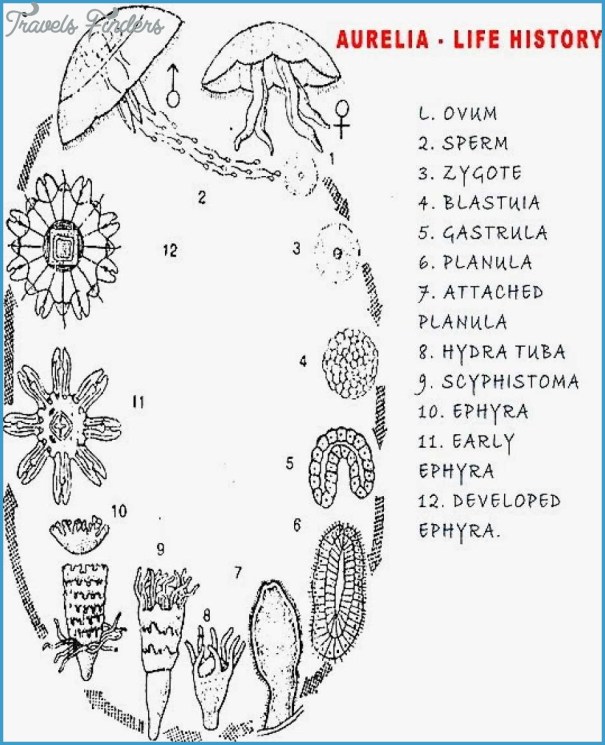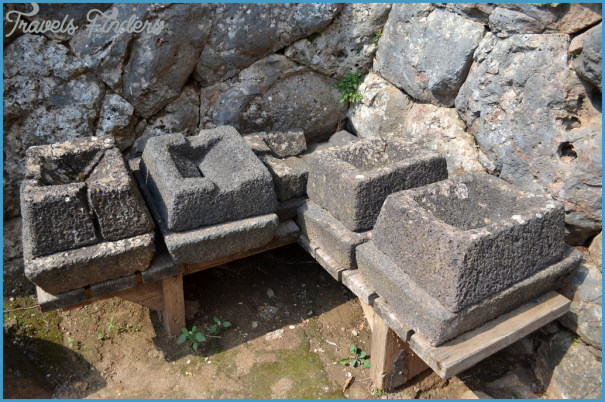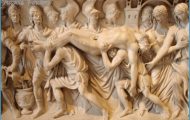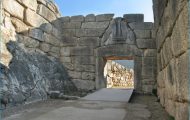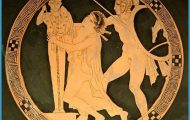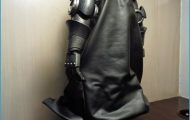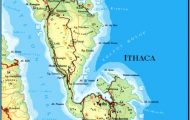Pausanias identifies Ephyra as the inspiration for Homer’s Hades in the Odyssey. ‘Here’, he writes, ‘is the Acherousian Lake, the River Acheron and the noxious stream called the Cocytus. It seems to me that Homer must have visited this area and in his bold description of Hades gave its rivers the names of those in Thesprotia. If so, Homer also gave himself license: elsewhere in the Odyssey he tells how Odysseus visited the city of Ephyra ‘in a swift ship, in search of man-killing poisons that he might smear on to his bronze-tipped arrows’.
The underground chamber at Ephyra is thought by some to be associated with the Oracle of the Dead.
While in more common versions of another myth, Theseus and Peirithous try to abduct Persephone from Hades, Pausanias records a tradition setting it at Cichyrus, while Plutarch elaborates.
Ephyra in History & Today Photo Gallery
The seus travelled with Peirithous to Epirus in his quest for the daughter of the Molossian king Aidoneus. This man called his wife ‘Persephone’, his daughter ‘Kore and his dog ‘Cerberus’. He instructed his daughter’s suitors to fight with this dog, and promised her to anyone who defeated it, but when he discovered that they were there not to woo but to steal his child he seized them both. He killed Peirithous and kept Theseus locked up in solitary confinement.
Bronze Age pottery has been found at Ephyra, but the Necromanteion first enters the record in a racy story by Herodotus. He writes of Periander, the early sixth-century bc tyrannos of Corinth:
One day he stripped all the Corinthian women naked because of his wife Melissa. He had sent envoys to the Necromanteion on the River Acheron in Thesprotia to ask about a monetary deposit which a friend had left him, but Melissa’s ghost refused to reveal its location because she was cold and naked and unable to wear the clothes she had been buried in, since they had not been burned in the fire. So on Periander’s instruction, all Corinth’s women went to the sanctuary of Hera dressed in their finest clothes as if for a festival. There Periander posted guards and stripped them all, freeborn and servants alike, and heaping the clothes in a pit he burned them as he prayed to Melissa. When he sent a second envoy, Melissa’s ghost told him where the deposit had been left.
Ephyra flourished thanks to its proximity to the port at Glykis Limen, with capacity for 150 to 200 ships. In the fourth or third century bc the hill of the Necromanteion was flattened, erasing all traces of previous structures, and some of the buildings whose foundations still survive were erected. Burned by the Romans in 168 bc, the site was largely abandoned until in the eighteenth century ad a Church of St John the Baptist and a fortified two-storey house were built.
Debate bedevils the site. The remains are inconclusive – a series of outer rooms cluster round a central hall, beneath which is a vaulted chamber accessible only by ladder. Convinced that it was the Necromanteion, Sotirios Dakaris, excavating from the late 1950s to the mid-1970s, identified the outer rooms as dormitories, where pilgrims slept before undergoing initiation. The rituals included eating hallucinogenic lupin seeds and broad beans, whose remains he discovered. Dakaris claimed that initiates were led through a dark labyrinth, reminiscent of Plato’s description of the path to Hades: ‘There seem to be many forks and turnings, as I infer from the rites and rituals, which we perform here on earth.’
These preliminaries accomplished, initiates were lowered into the underground chamber. Encouraged by the discovery of seventh- to fifth-century bc terracotta figurines and some pieces of machinery, Dakaris identified a sanctuary to Haides and Persephone and further claimed that, using the machinery, their priests staged illusions. Many disagree. For them the building is a fortified farmhouse, the food found in its amphorae were everyday supplies and the machinery belonged to six catapults. Quite why the farmer needed six catapults, however, remains unclear.

